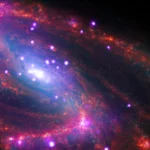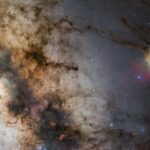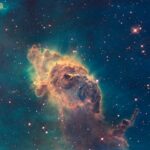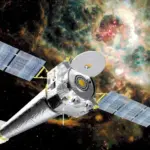With an apparent magnitude of 8, the Sombrero galaxy is beyond the limit of naked-eye visibility but can be spotted through small telescopes most easily during May. M104 is located 28 million light-years away in the constellation Virgo, and with a mass equal to 800 billion suns, it is one of the most massive objects in the Virgo galaxy cluster.
M104 was discovered in 1781 by the French astronomer and comet hunter Pierre Méchain, one of Charles Messier’s colleagues.
Credit: NASA and The Hubble Heritage Team (STScI/AURA)

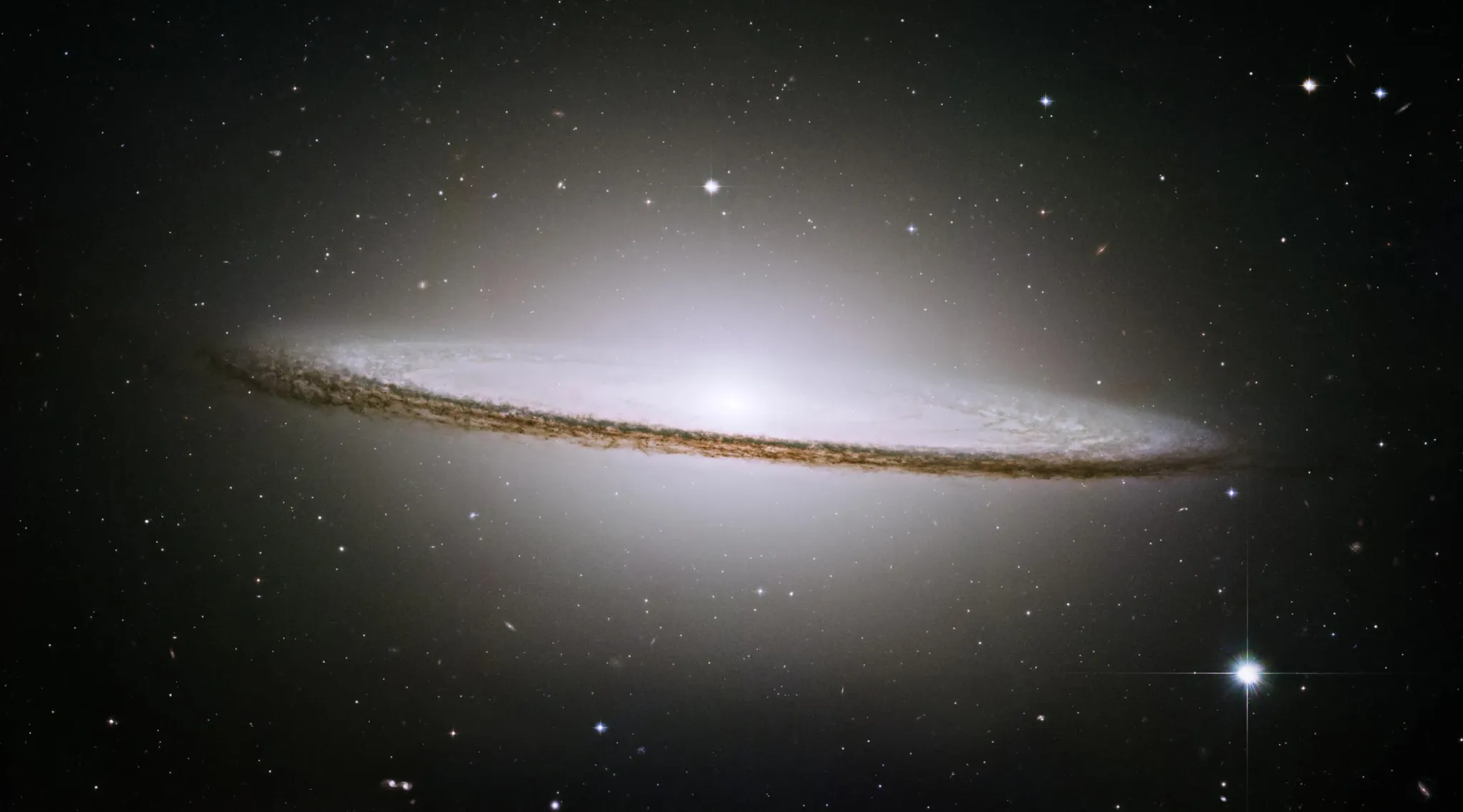









![Space Streams - Nebula [Ambient] image](https://space-streams.com/wp-content/uploads/2024/11/space-streams-nebula-150x150.png)
